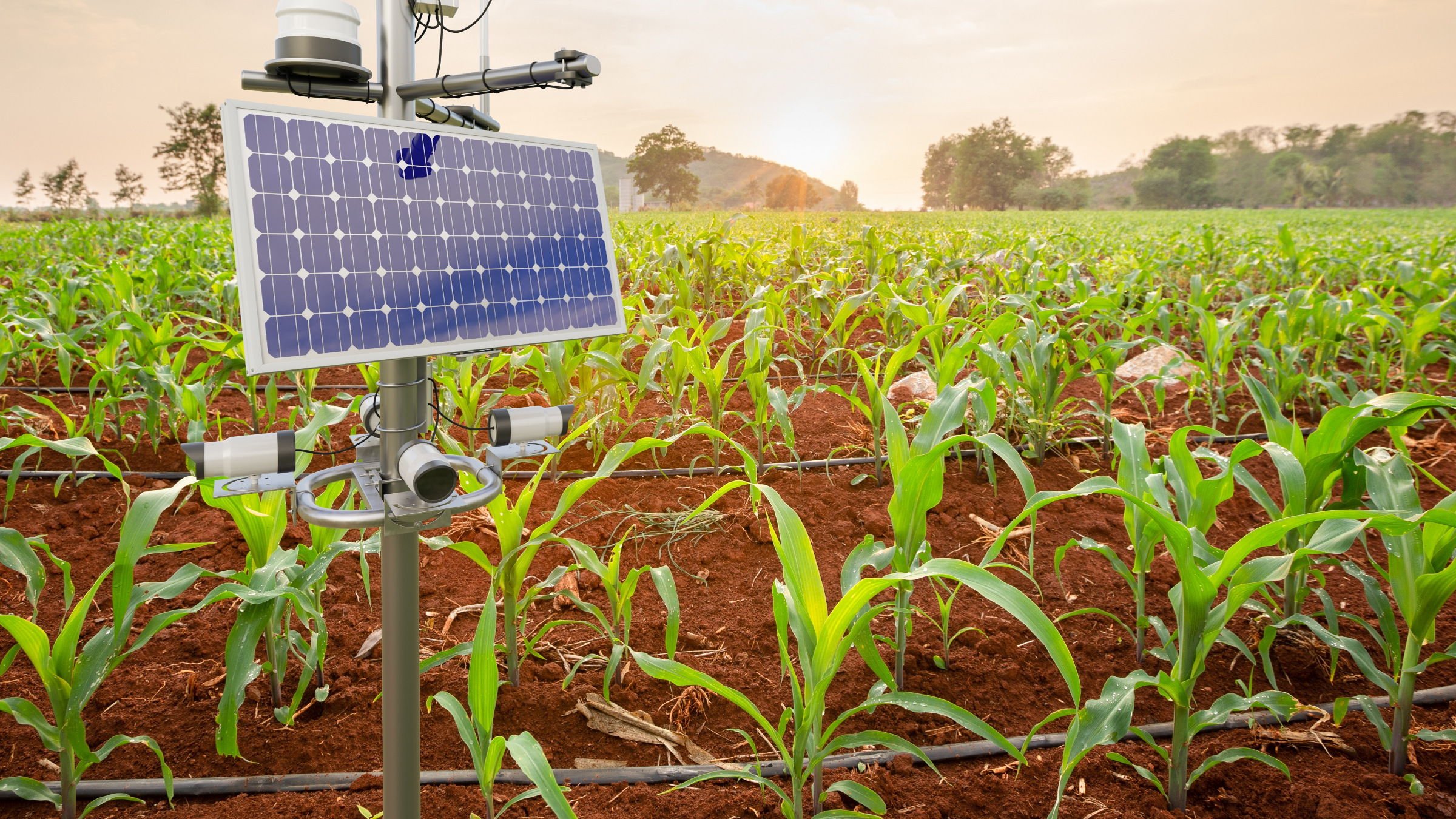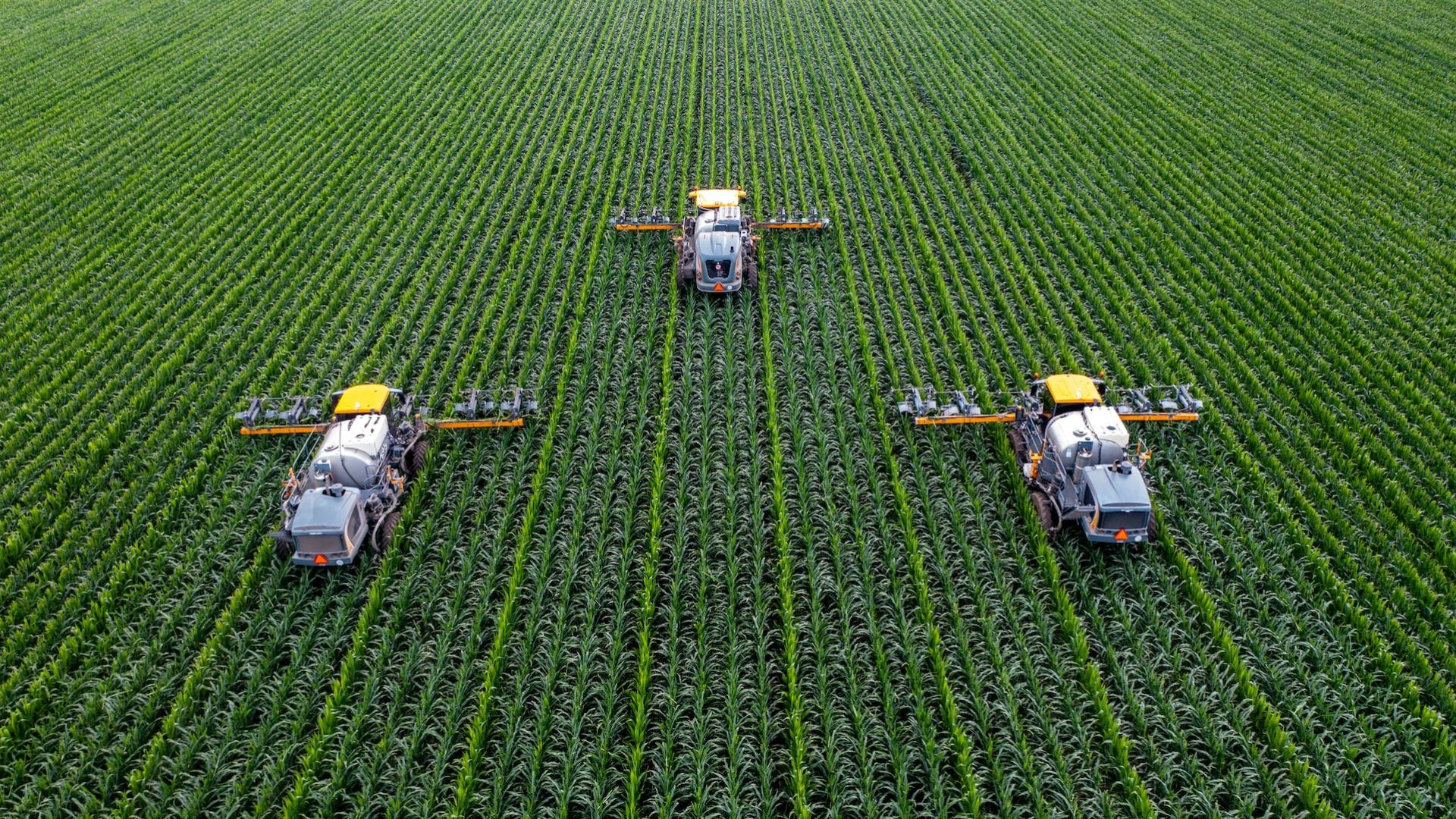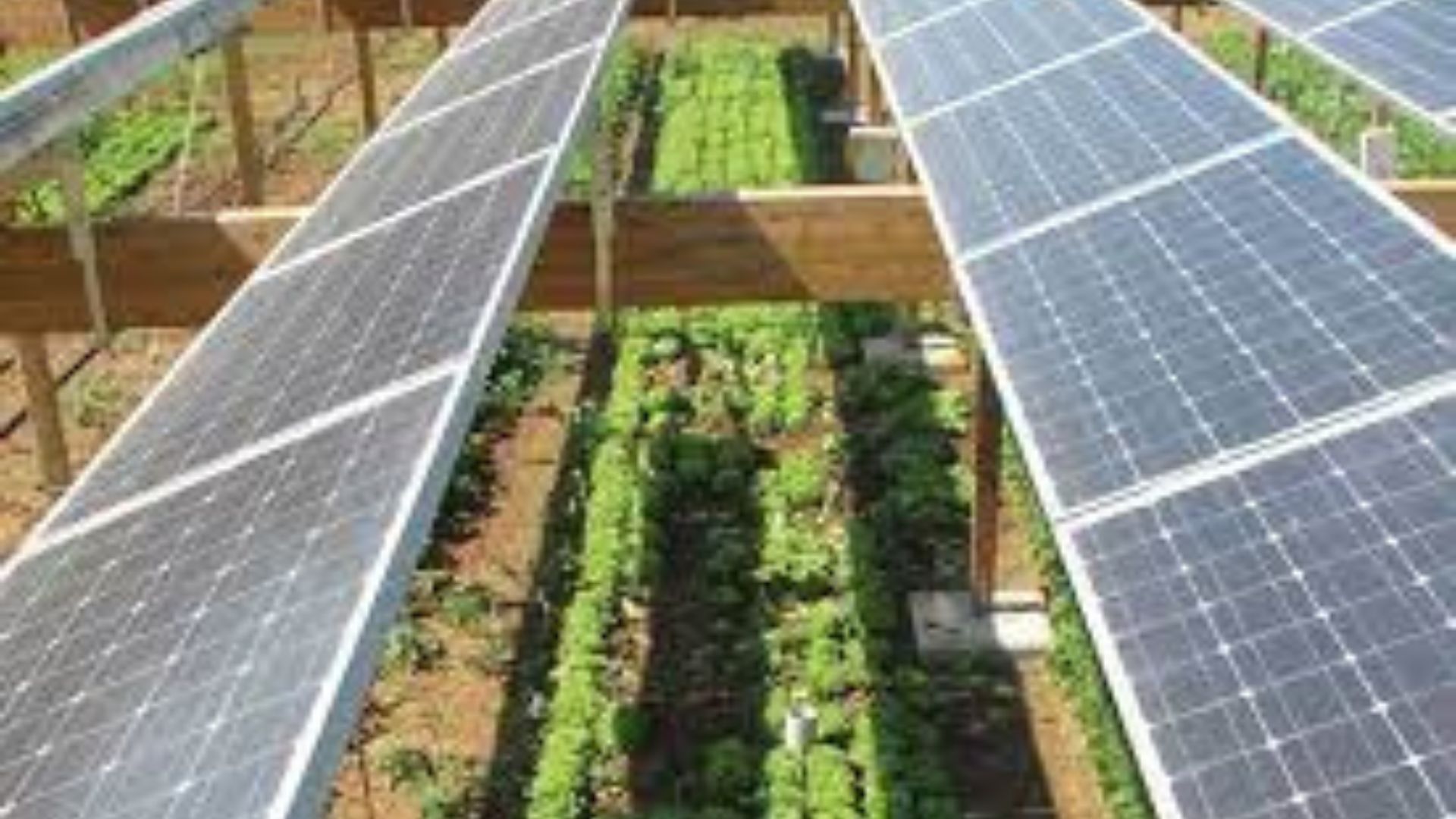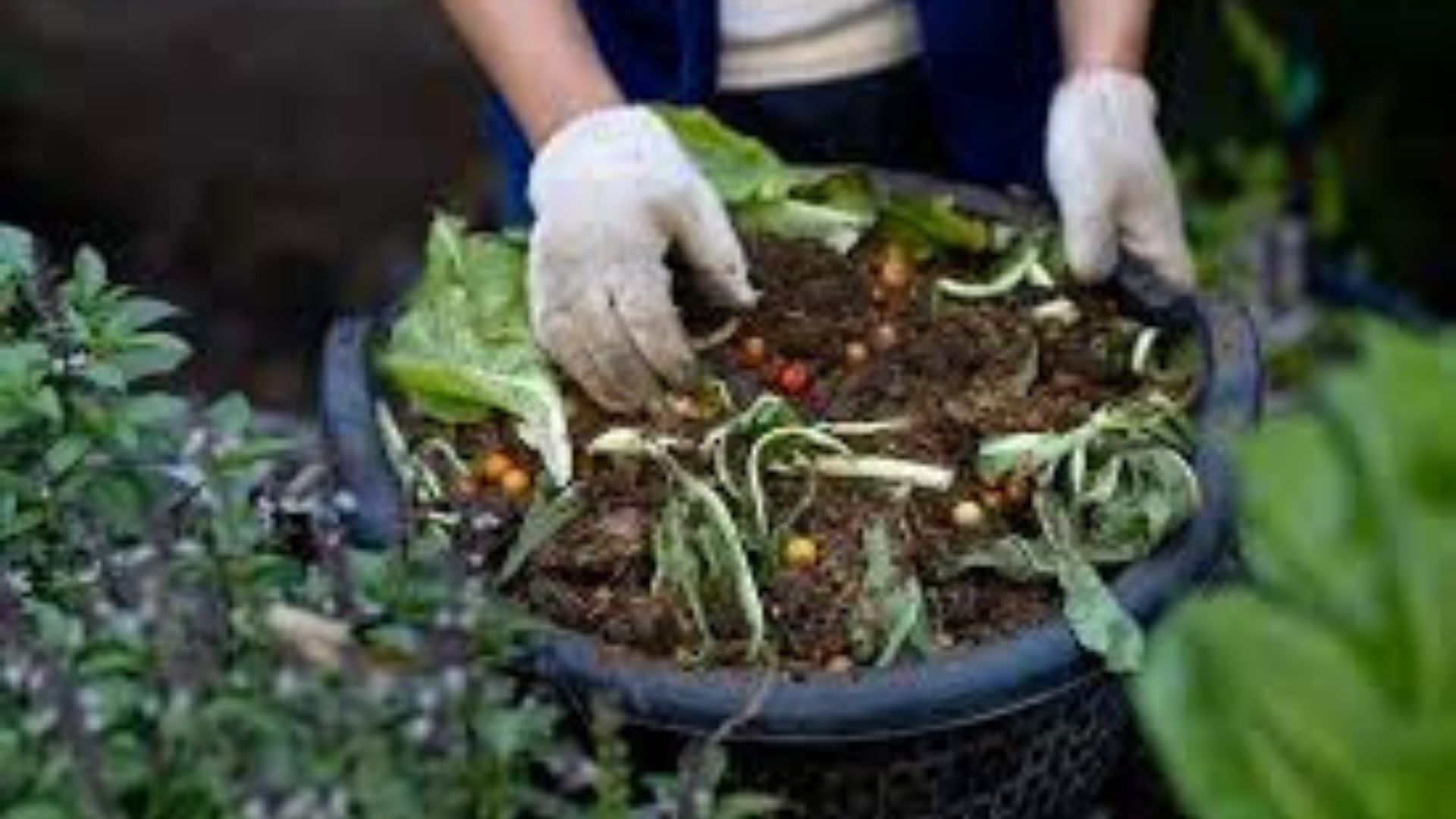Farming is evolving, and technology is leading the way. Smart farming technologies today are transforming traditional agriculture into a data-driven, precise, and highly efficient industry. From sensors in the soil to drones in the sky, these tools help farmers monitor, manage, and optimize every part of their operation. As the global population grows and climate change challenges increase, smart farming offers real solutions to feed the future—sustainably and intelligently.

What Is Smart Farming?
Smart farming, also known as precision agriculture, uses advanced technologies to monitor and manage agricultural practices in real-time. This includes everything from GPS-guided tractors and automated irrigation systems to data analytics and artificial intelligence (AI). The goal is to increase productivity, reduce waste, and make farming more sustainable. Farmers now rely on these tools to make decisions based on accurate, timely data rather than guesswork.
IoT Devices and Sensors in the Field
One of the most impactful smart farming technologies today is the use of Internet of Things (IoT) devices. Sensors placed in fields measure moisture, temperature, nutrient levels, and even plant health. These devices send real-time data to a centralized system or app, allowing farmers to make immediate decisions. For example, if soil sensors detect a drop in moisture, the system can automatically activate irrigation—ensuring plants get water only when needed.
Drones and Aerial Monitoring
Drones are another powerful tool revolutionizing modern farming. Equipped with multispectral cameras, drones can survey large areas of land quickly, identifying issues like pest infestations, crop stress, or uneven growth. This aerial view gives farmers a clearer picture of their field conditions, allowing them to target specific areas for treatment rather than applying chemicals or fertilizers across the entire field. As a result, resource use is optimized, and environmental impact is reduced.
GPS and Automated Machinery
Smart tractors and harvesters now come with GPS guidance systems that allow for incredibly precise fieldwork. These machines can plant seeds, apply fertilizer, and harvest crops with minimal overlap or gaps, reducing waste and saving time. Some equipment even uses autonomous driving technology, meaning they can operate with little to no human intervention. This automation not only boosts efficiency but also reduces labor costs—a critical benefit for farms facing workforce shortages.
Data Analytics and Farm Management Software
Big data is at the heart of smart farming technologies today. Farm management software collects and analyzes data from all sources—drones, sensors, weather forecasts, and machinery—to provide actionable insights. These platforms help farmers track yield performance, plan crop rotations, and forecast potential risks. Over time, the data helps identify patterns and trends that support better decision-making and more profitable outcomes.
Smart Irrigation Systems
Water conservation is a growing concern in agriculture, and smart irrigation systems are addressing this challenge head-on. These systems use weather data, soil sensors, and AI algorithms to apply just the right amount of water at the right time. Instead of following a set schedule, irrigation adapts to the needs of the crop and the environment. This targeted approach not only saves water but also prevents issues like root rot and nutrient leaching.
Benefits and Challenges of Smart Farming
The benefits of smart farming technologies today are clear: improved yields, reduced costs, lower environmental impact, and better resource management. However, challenges remain. High upfront costs, the need for technical training, and limited internet access in rural areas can slow adoption. Still, as technology becomes more accessible and affordable, more farms—large and small—are embracing smart solutions to stay competitive.
Conclusion: Farming Smarter, Not Harder
Smart farming is no longer a concept of the future—it’s happening right now. With tools like drones, sensors, AI, and data analytics, farmers can make faster, smarter decisions that lead to higher productivity and sustainability. As challenges in agriculture grow more complex, smart farming technologies today offer the innovative edge needed to thrive in a changing world. Embracing these technologies means investing in a more efficient, profitable, and resilient future for farming.










